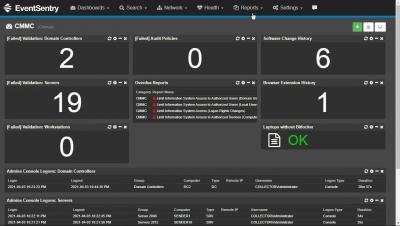CCPA Compliance: How to Become Compliant
Personal information (PI) enables businesses to customize the customer experience and boost sales. However, consumer rights advocacy and privacy regulations, such as the EU’s General Data Protection Regulation (GDPR) and state data privacy laws enacted in the United States, limit the collection of PI. Preeminent among these laws is the California Consumer Privacy Act of 2018 (CCPA).








